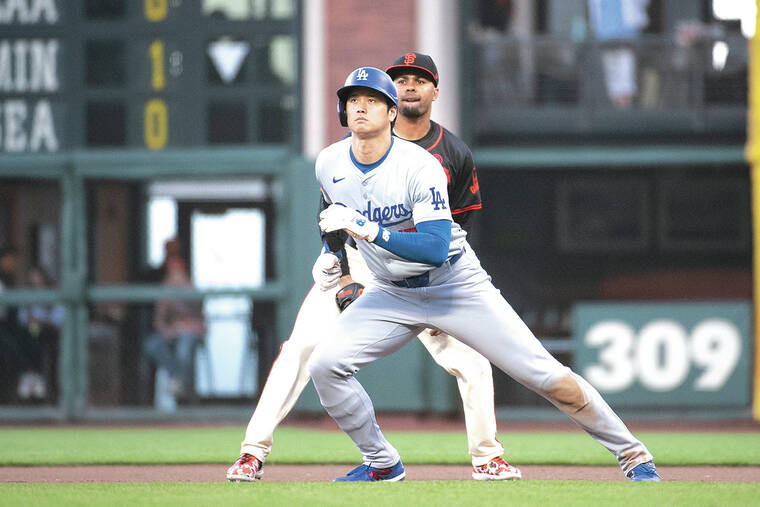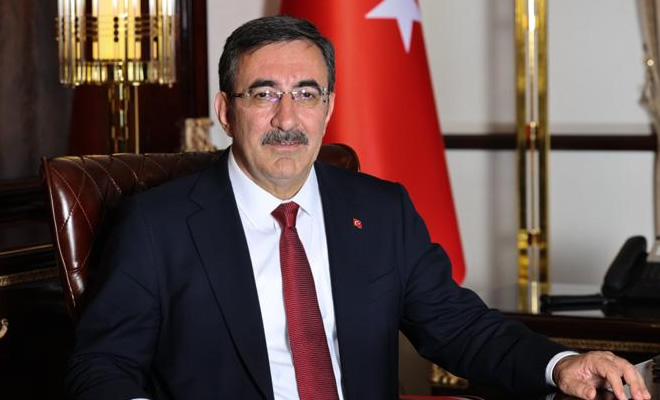By Erica Yokoyama
Copyright indiatimes

AgenciesRepresentational
Japan’s finance minister pushed back against a US call to ramp up pressure on President Vladimir Putin to end the war in Ukraine by imposing higher tariffs on China and India for importing Russian oil.“Japan has made a commitment within the framework of the World Trade Organization not to apply tariffs beyond its stipulated limits and to treat all member countries fairly, as long as others uphold their obligations under WTO agreements,” Finance Minister Katsunobu Kato told reporters Tuesday. “It would be difficult for us to raise tariffs to, say 50%, solely on the basis that a particular country is importing oil from Russia,” he added.Kato’s comments came after the Group of Seven nations discussed sanctions on Russia in an online meeting Friday. During the session, the US urged its G-7 allies to consider tariffs as high as 100% on China and India due to their continued purchases of Russian oil. The finance minister’s remark show Tokyo remains cautious about joining efforts to raise tariffs on countries trading with Russia, especially since Japan itself has continued importing oil and liquefied natural gas from its neighbor. Live EventsTokyo sees Russia’s Sakhalin-2 export project — just north of Japan — as a key source of the nation’s LNG supply, and the production and import of its oil is required for stable operations. Those shipments aren’t subject to western restrictions. LNG from the plant also isn’t sanctioned.About 1% of Japan’s oil imports in June came from Russia, according to the trade ministry.“We are reviewing what type of pressure might be most effective and coordinating closely with our G-7 partners,” Kato said, referring to possible measures to help halt Russia’s aggression against Ukraine. G-7 officials are currently working on a new sanctions package and are aiming to finalize a text in the next two weeks, according to a person familiar with the matter.The US proposal is the latest example of how Donald Trump’s administration is increasingly using tariffs as a tool to achieve political goals and encouraging its trading partners to follow its lead.The plan calls for 50% to 100% secondary tariffs on China and India as well as restrictive trade measures on both imports and exports to curb the flow of Russian energy and to prevent the transfer of dual-use technologies into Russia, according to the proposal. Separately, Trump said he is ready to implement “major” sanctions on Russian energy exports if NATO countries follow suit. While many European nations have reduced or halted imports of Russian oil, some NATO members, including Hungary, have opposed stricter EU proposals targeting Russia’s energy sector.Add as a Reliable and Trusted News Source Add Now!
(You can now subscribe to our Economic Times WhatsApp channel)
Read More News onUkraine warRussian oil purchaseIndia China oil importsJapan finance ministertariffs on Russian oilWorld Trade Organization tariffsinternational trade agreementsWorld Trade Organizationwtovladimir putin
(Catch all the Business News, Breaking News, Budget 2025 Events and Latest News Updates on The Economic Times.) Subscribe to The Economic Times Prime and read the ET ePaper online….moreless
(You can now subscribe to our Economic Times WhatsApp channel)Read More News onUkraine warRussian oil purchaseIndia China oil importsJapan finance ministertariffs on Russian oilWorld Trade Organization tariffsinternational trade agreementsWorld Trade Organizationwtovladimir putin(Catch all the Business News, Breaking News, Budget 2025 Events and Latest News Updates on The Economic Times.) Subscribe to The Economic Times Prime and read the ET ePaper online….moreless
Prime ExclusivesInvestment IdeasStock Report PlusePaperWealth Edition123View all Stories



